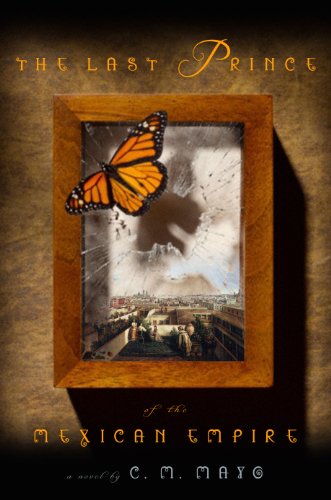The Last Prince of the Mexican Empire
This sprawling tale isn’t so much about Agustin de Iturbide y Green, the grandson of the first Mexican Emperor, Agustin de Iturbide, who reigned briefly from 1822-23, as it is about the empire itself: the geopolitical, economic, and religious struggles of a country fighting to be free of European masters. Most of the story takes place in the 1860s, when the United States was in the upheaval and aftermath of civil war and presidential assassination and when Habsburg control over Europe was crumbling.
In Washington, D.C. Angelo de Iturbide, second son of the exiled, then executed, emperor, marries Alice Green, a beautiful and intelligent debutante who longs to see the world. They travel to French-occupied Mexico, where Angelo’s family has given up any claims to royalty, though his spinster sister, Pepa, still has aspirations. They are political outsiders watching as Maximilian von Habsburg and his wife Charlotte are installed as emperor and empress.
Their uncertain political position becomes more precarious when they agree to let the childless Maximilian and Charlotte adopt and educate their son so he may take his rightful place as heir to the Mexican throne. The despair of a mother who has given up her child unfolds alongside religious, military, and political intrigue. Add to this the instability of Maximilian (who would rather study beetles or orchids) and Charlotte (who, as a woman, cannot implement her vision for a long-lived Mexican Empire), their strained family ties in Europe, the dozens of secondary characters and their stories, and there are more than enough ingredients for a multi-layered saga.
Mayo’s fact-based novel evokes both the salons of Paris and the dusty streets of Mexico City, providing this reader with more history of the period—and all centered on an innocent toddler—than was ever discussed in an American classroom.










